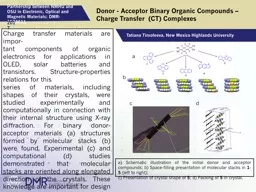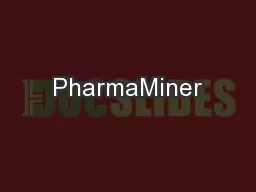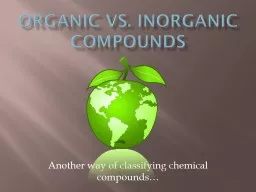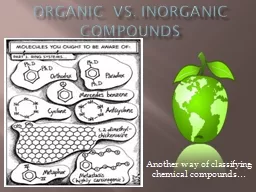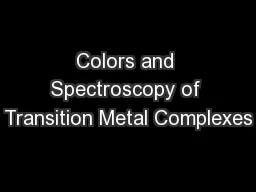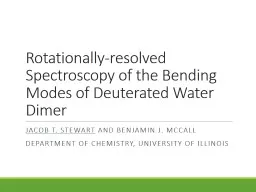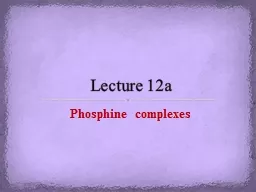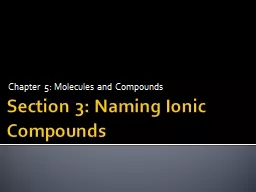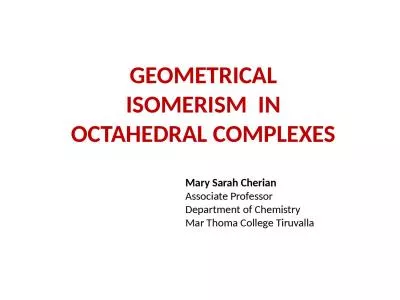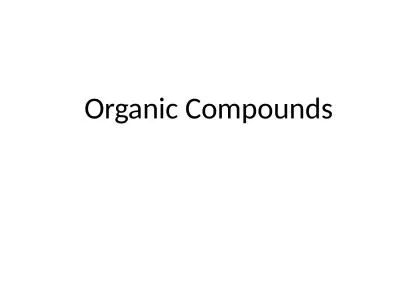PPT-Donor - Acceptor Binary Organic Compounds – Charge Transfer (CT) Complexes
Author : eurolsin | Published Date : 2020-06-16
Partnership between NMHU and OSU in Electronic Optical and Magnetic Materials DMR1523611 2017 a Schematic illustration of the initial donor and acceptor compounds
Presentation Embed Code
Download Presentation
Download Presentation The PPT/PDF document "Donor - Acceptor Binary Organic Compound..." is the property of its rightful owner. Permission is granted to download and print the materials on this website for personal, non-commercial use only, and to display it on your personal computer provided you do not modify the materials and that you retain all copyright notices contained in the materials. By downloading content from our website, you accept the terms of this agreement.
Donor - Acceptor Binary Organic Compounds – Charge Transfer (CT) Complexes: Transcript
Download Rules Of Document
"Donor - Acceptor Binary Organic Compounds – Charge Transfer (CT) Complexes"The content belongs to its owner. You may download and print it for personal use, without modification, and keep all copyright notices. By downloading, you agree to these terms.
Related Documents

